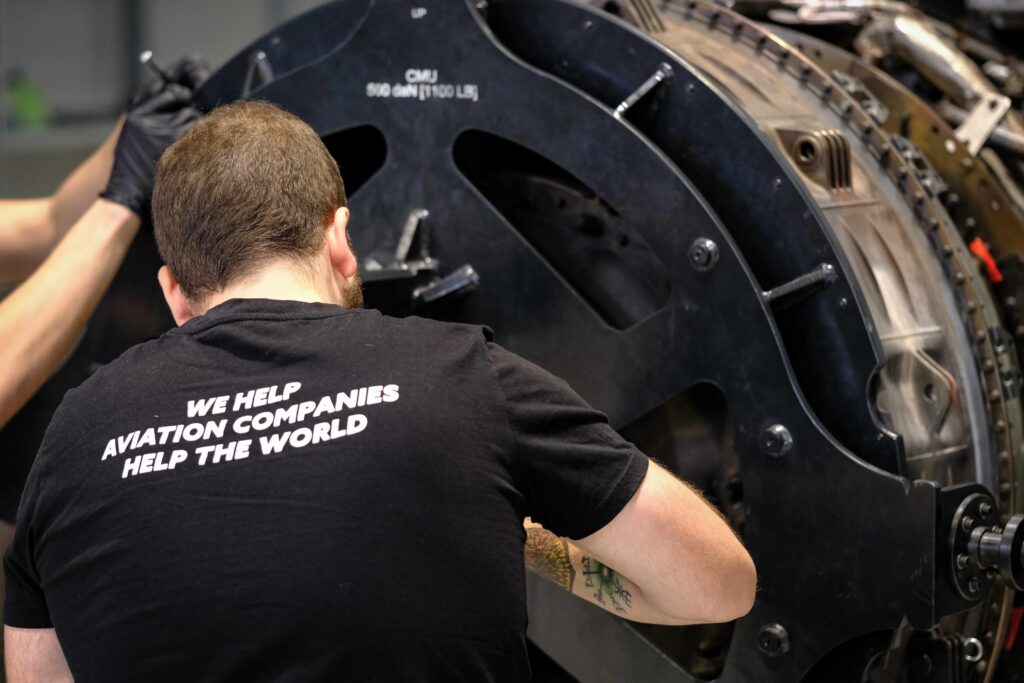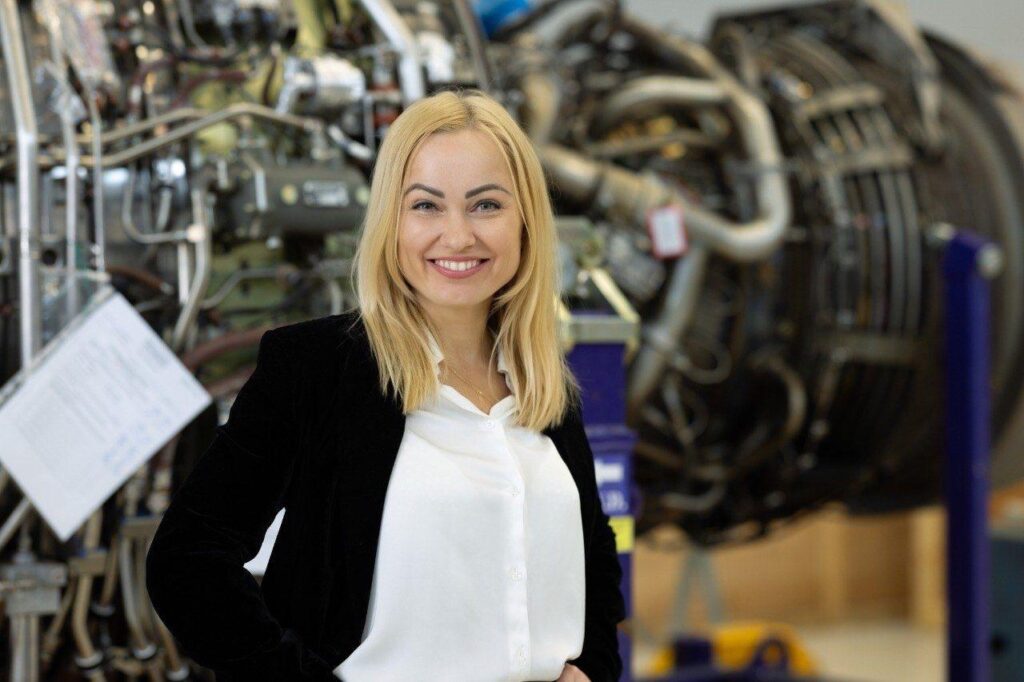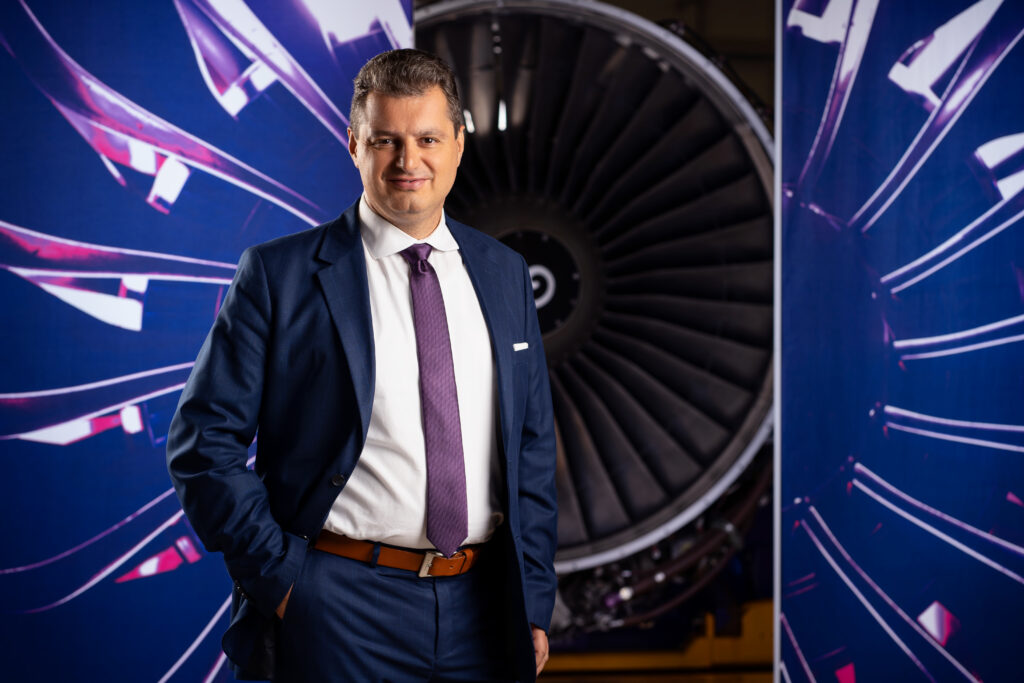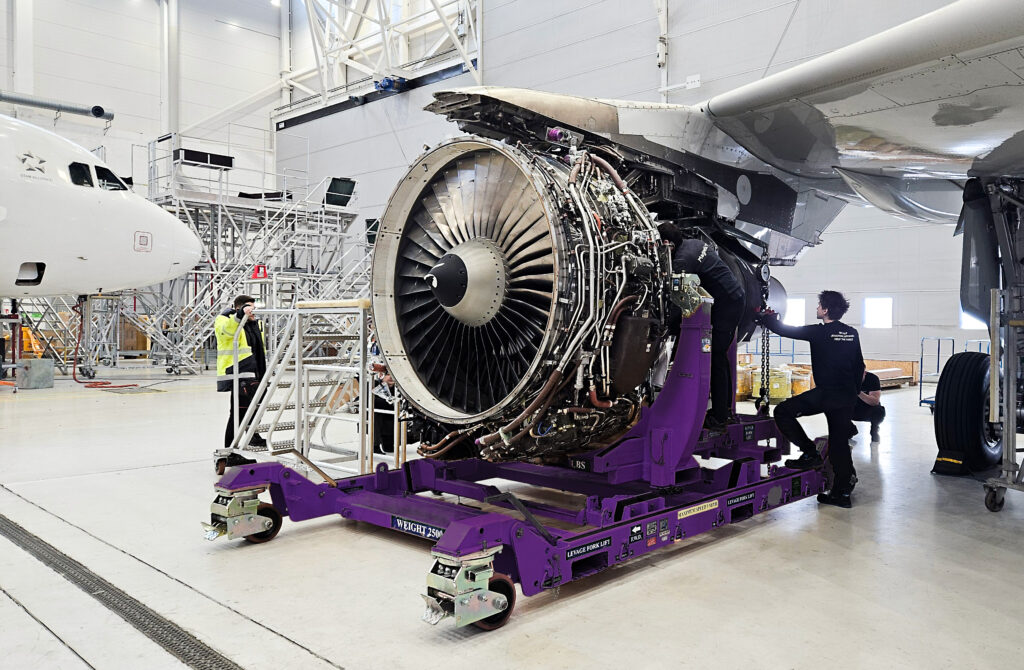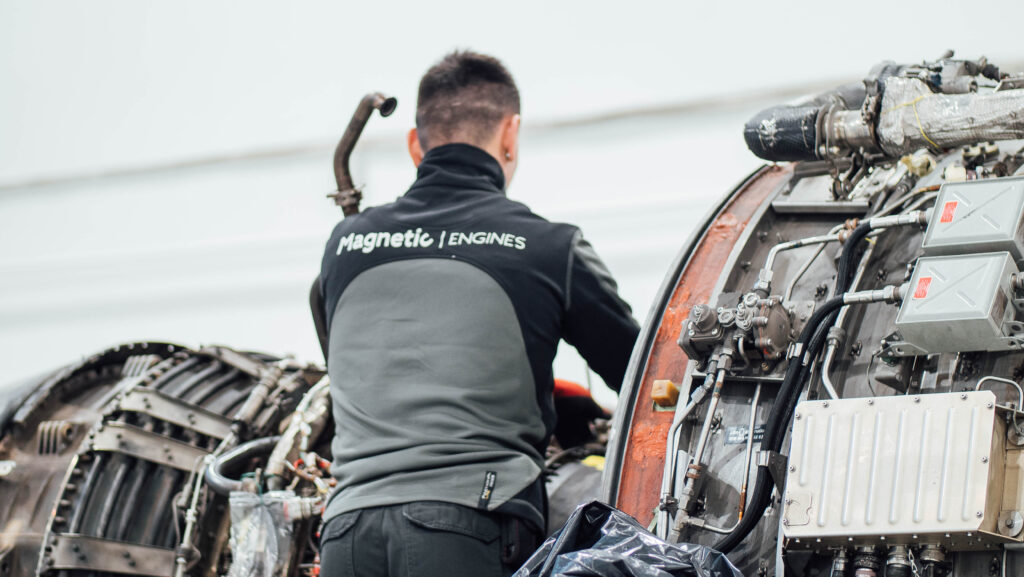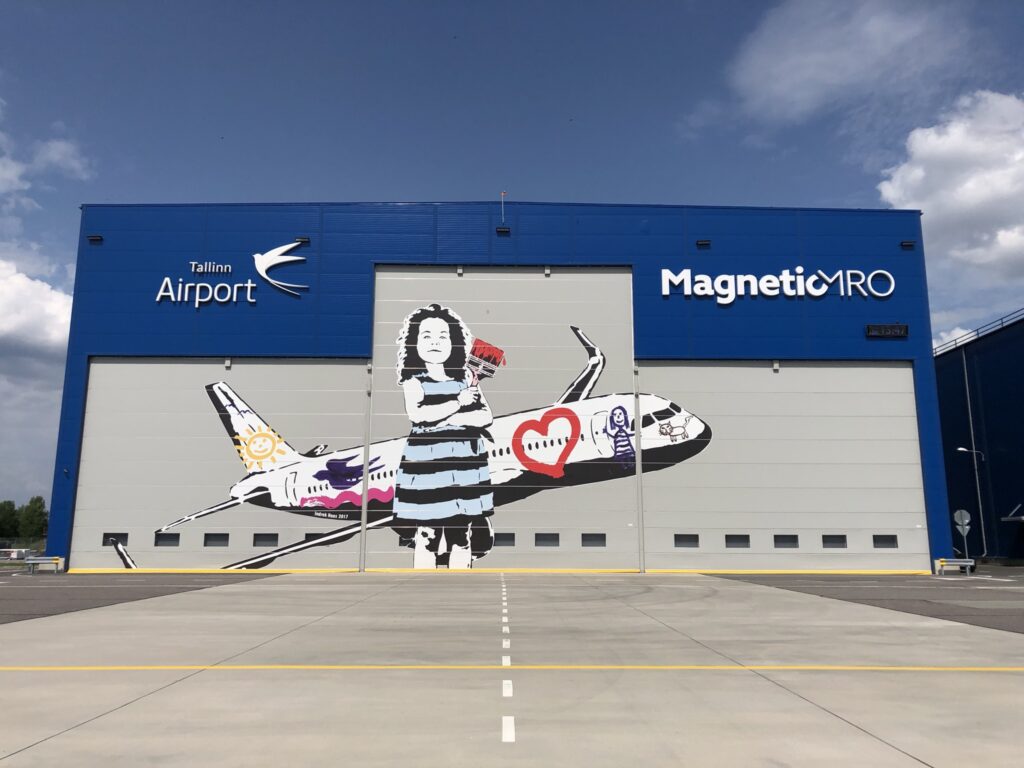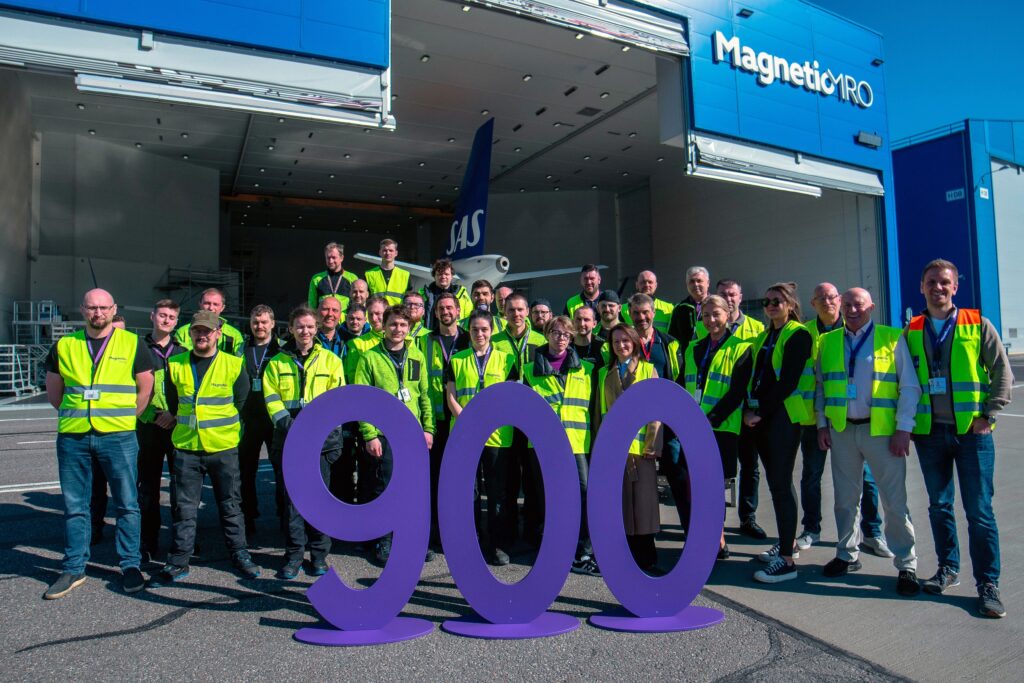3 Questions with Martti Ärmpalu
Magnetic Group
08.09.2020

To stay on top of the game and ensure the best quality standards is what we strive for each day – and that’s where the Quality department steps. Martti Ärmpalu, Quality Assurance Inspector at Magnetic MRO, briefly walks us through their day-to-day tasks and the main responsibilities they are undertaking in this #3QuestionsWith feature!
What are the main responsibilities of the Quality department? Magnetic MRO is committed to continuous improvement in the quality and safety of all activities in order to ensure flight safety, fulfil regulatory responsibilities, and to meet our customers and shareholders expectations. The responsibility of assuring the best possible quality and safety lies with everyone in the company, and the Quality Department takes part in relevant tasks, like the few mentioned below:- Monitoring, implementing and continuously improving the quality system;
- Complying internal audit program, assisting customers’ and authorities’ audits and responding to their reports;
- Managing internal, customers’ and authorities’ non-conformances, findings and reports;
- Investigating occurrences;
- Consulting coworkers regarding regulatory and quality-related topics;
- Management of personnel authorisations of technical staff.
- Continuing Airworthiness Manager submitted revised Continuing Airworthiness Management Exposition (CAME) to Quality Department for review;
- Quality Department reviewed the CAME and related supporting documents (e.g. Baseline Aircraft Maintenance Program), gave feedback, and approved amended CAME;
- Quality Department submitted an application for the Part-M Subpart G Organisation Approval change together with CAME and other applicable documentation to ECAA;
- ECAA reviewed the application, CAME etc., and conducted the on-site audit. No findings were raised, but 6 observations and recommendations were made;
- ECAA approved the application together with the CAME and issued revised Continuing Airworthiness Management Organisation Certificate and Terms of Approval.




